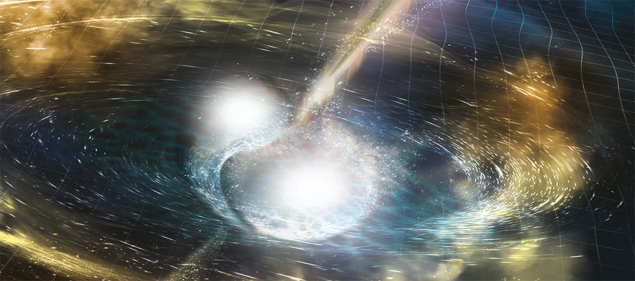Introduction to Particle and Astroparticle Physics: Multimessenger Astronomy and its Particle Physics Foundations (2nd edn), by Alessandro De Angelis and Mário Pimenta, Springer

Recent years have seen enormous progress in astroparticle physics, with the detection of gravitational waves, very-high-energy neutrinos, combined neutrino–gamma observation and the discovery of a binary neutron-star merger, which was seen across the electromagnetic spectrum by some 70 observatories. These important advances opened a new and fascinating era for multi-messenger astronomy, which is the study of astronomical phenomena based on the coordinated observation and interpretation of disparate “messenger” signals.
This book, first published in 2015, is now released in a renewed version to include such recent discoveries and to describe present research lines.
The Standard Model (SM) of particle physics and the lambda-cold-dark-matter theory, also referred to as the SM of cosmology, have both proved to be tremendously successful. However, they leave a few important unsolved puzzles. One issue is that we are still missing a description of the main ingredients of the universe from an energy-budget perspective. This volume provides a clear and updated description of the field, preparing and possibly inspiring students towards a solution to these puzzles.

The book introduces particle physics together with astrophysics and cosmology, starting from experiments and observations. Written by experimentalists actively working on astroparticle physics and with extensive experience in sub-nuclear physics, it provides a unified view of these fields, reflecting the very rapid advances that are being made.
The first eight chapters are devoted to the construction of the SM of particle physics, beginning from the Rutherford experiment up to the discovery of the Higgs particle and the study of its decay channels. The next chapter describes the SM of cosmology and the dark universe. Starting from the observational pillars of cosmology (the expansion of the universe, the cosmic microwave background and primordial nucleosynthesis), it moves on to a discussion about the origins and the future of our universe. Astrophysical evidence for dark matter is presented and its possible constituents and their detection are discussed. A separate chapter is devoted to neutrinos, covering natural and man-made sources; it presents the state of the art and the future prospects in a detailed way. Next, the “messengers from the high-energy universe”, such as high-energy charged cosmic rays, gamma rays, neutrinos and gravitational waves, are explored. A final chapter is devoted to astrobiology and the relations between fundamental physics and life.
This book offers a well-balanced introduction to particle and astroparticle physics, requiring only a basic background of classical and quantum physics. It is certainly a valuable resource that can be used as a self-study book, a reference or a textbook. In the preface, the authors suggest how different parts of the essay can serve as introductory courses on particle physics and astrophysics, and for advanced classes of high-energy astroparticle physics. Its 700+ pages allow for a detailed and clear presentation of the material, contain many useful references and include proposed exercises.







